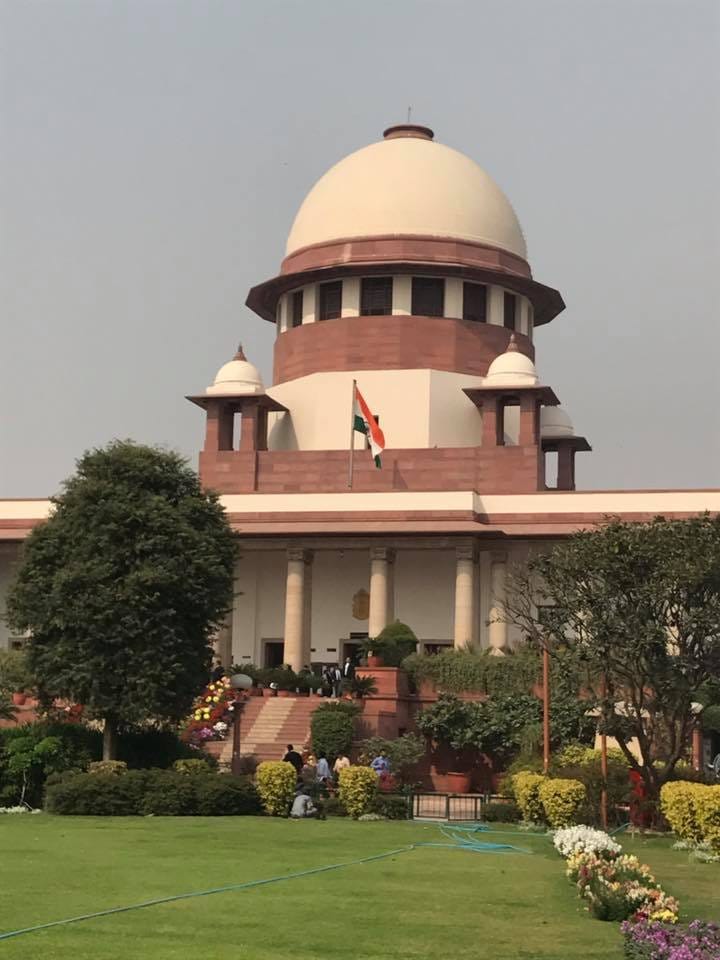Justice Department Opposes Televised Trial of Donald Trump

The Legal Battle Over Public Access
In a landmark legal confrontation, the United States Justice Department has opposed the motion to broadcast the trial of former US President Donald Trump. While Trump's defense and media outlets push for televised proceedings, the Department stands firm against the idea, citing a long-standing prohibition against cameras in federal courtrooms.
Media and Trump's Defense Push for Transparency
A coalition of news organizations, alongside Trump's defense team, has advocated for the live coverage of Trump's March 2024 trial. They argue that the unprecedented nature of trying a former President warrants exceptional public scrutiny to bolster confidence in the judicial process.
Historical Context and Judicial Concerns
The federal judiciary has consistently banned cameras in courtrooms to prevent a "carnival atmosphere" that might compromise the fairness of trials. The sensational televised trial of O.J. Simpson in the '90s reinforced these concerns. However, the recent pandemic and technological advances have reignited discussions about courtroom transparency.
The Argument for Televising Trump's Trial
Proponents for live coverage suggest this trial is central to public interest and assert that it could be done without creating a spectacle or compromising the integrity of the trial. The news media coalition and certain lawmakers maintain that public viewing could help uphold the legitimacy of the judicial process, especially given Trump's claims of "election interference" by prosecutors.
The DOJ's Stance and Rule 53
The Department of Justice maintains that Rule 53 of the Federal Rules of Criminal Procedure, which bans broadcasting judicial proceedings from the courtroom, is clear and binding. Despite public interest, they argue that any policy changes should not be directed at the court.
The Impact of the Pandemic and Potential for Change
The COVID-19 pandemic forced courts to adopt remote proceedings, sparking a new era of accessibility with live audio and, in some cases, video streaming. This shift has led some to wonder if Trump's case could prompt a reevaluation of federal policies regarding cameras in the courtroom.
Practice in the Supreme Court of India
In stark contrast to the U.S. stance, the Supreme Court of India has embraced a more open approach by not only broadcasting its proceedings live on the internet but also permitting counsels to make virtual appearances. Initially adopted as a response to the COVID-19 pandemic, this practice has been universally accepted within the Apex Court. Further, the Supreme Court has issued directions for all High Courts across the country to implement similar arrangements. This progressive step has significantly bolstered public confidence in the justice system of India, showcasing a commitment to transparency and adaptability in the face of modern challenges. This illustrates a pioneering approach to judicial proceedings, reinforcing the public's trust and making the judicial process more accessible.
Ongoing Opposition and a Glimmer of Hope
Despite the push from various quarters, the federal judiciary's panel recently refused to exempt Trump's case from the current rules. Yet, there is a move to consider future exceptions in extraordinary circumstances, signaling a potential, albeit slow, shift in policy.
In Summary
The debate over televising Trump's trial pits public demand for transparency against longstanding judicial caution. While the final decision is yet to be made, the case has undoubtedly stirred a significant conversation about the balance between open justice and the need to maintain decorum and fairness in the legal process.





